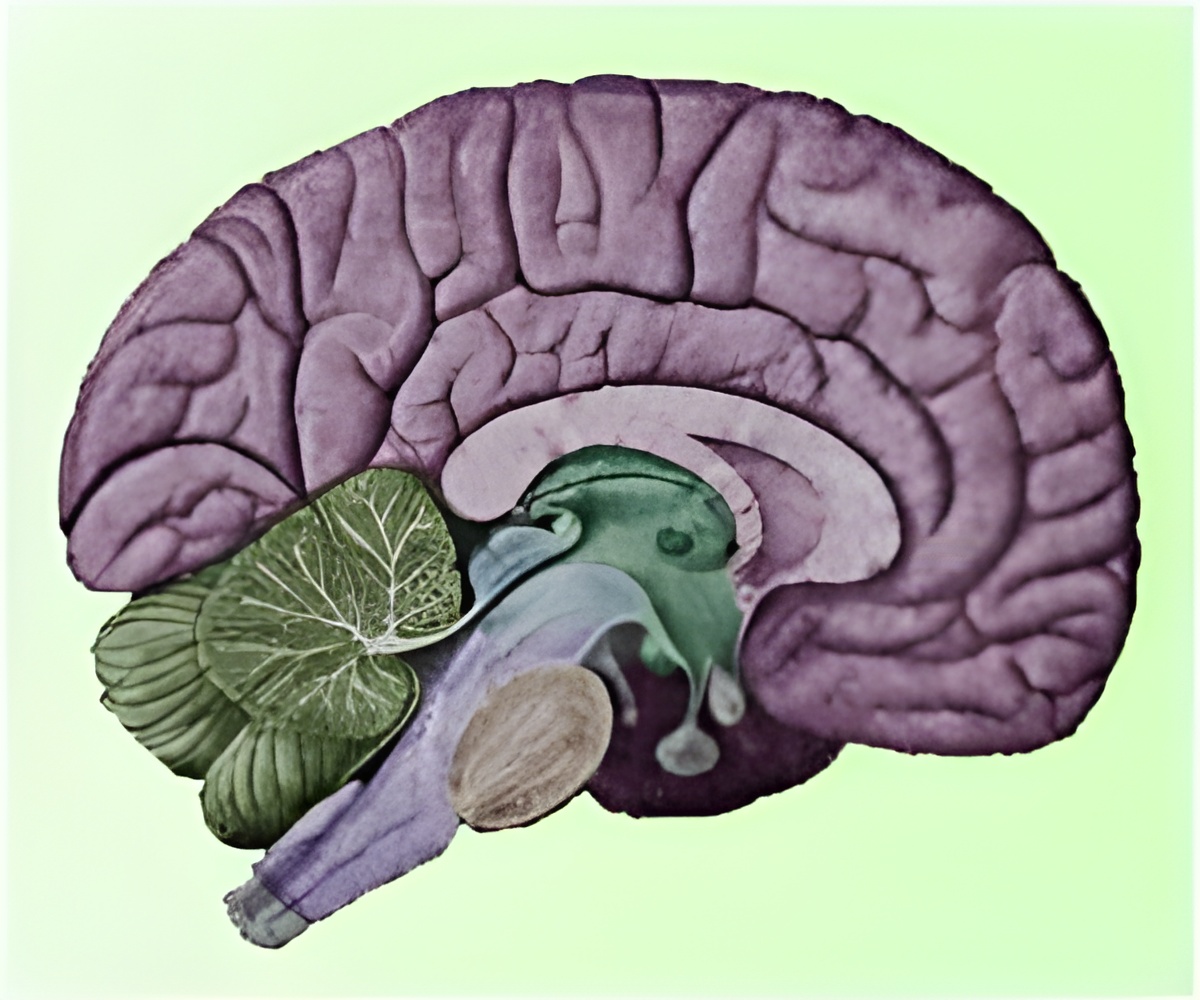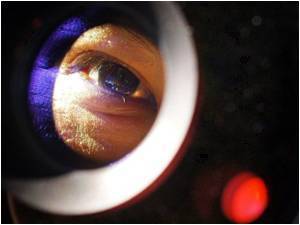A circuit in the brain of fruit flies has been identified by a team of researchers describing that it controls their daily rhythmic behavior of rest and activity.

Though much is known about the cellular and molecular components of the clock, the connections that link clock cells to overt behaviors, such as rest/activity behavior, have not been identified. "This study is essentially a map-of-the-circuitry experiment," says Sehgal, who is also an investigator with the Howard Hughes Medical Institute (HHMI). Like humans, flies are active during the day -- walking, flying, feeding and mating -- and spend most of the night asleep.
"We conducted a screen for circadian-relevant neurons in the fly brain and found that cells of the pars intercerebralis -- the fly version of the mammalian hypothalamus -- comprise an important component of the circadian output pathway for rest/activity rhythms in flies," Sehgal says. The mammalian hypothalamus is a neuroendocrine structure that regulates sleep, circadian rhythms, feeding and, metabolism.
The Penn team did a random targeting of cells, activating neuronal firing with a transgene designed for this purpose, to see which cells are important in the rest/active behavior. They found that cells in the pars intercerebralis (PI) are essential for rhythmic behavior, and PI cells are connected to the clock cells through a circuit of at least two synapses.
Molecular profiling of PI cells identified the fly version of DH44 as a circadian molecule that is specifically expressed by PI neurons and required for normal rest/activity rhythms in flies. And, when the scientists selectively activated or removed just six PI cells positive for DH44, the fly''s activity cycles became irregular. In other words, the flies no longer restricted their sleep to the dark and their activity to the light, but instead showed more random distribution of these behaviors
Coauthors are Daniel J. Cavanaugh, Jill D. Geratowski, Julian R. A. Wooltorton, Jennifer M.
Spaethling, Xiangzhong Zheng, and James H. Eberwine, all from Penn, and Clare E. Hector and Erik C. Johnson, from Wake Forest University.
Advertisement
###
Advertisement
The Perelman School of Medicine has been ranked among the top five medical schools in the United States for the past 17 years, according to U.S. News & World Report''s survey of research-oriented medical schools. The School is consistently among the nation''s top recipients of funding from the National Institutes of Health, with $392 million awarded in the 2013 fiscal year.
The University of Pennsylvania Health System''s patient care facilities include: The Hospital of the University of Pennsylvania -- recognized as one of the nation''s top "Honor Roll" hospitals by U.S. News & World Report; Penn Presbyterian Medical Center; Chester County Hospital; Penn Wissahickon Hospice; and Pennsylvania Hospital -- the nation''s first hospital, founded in 1751. Additional affiliated inpatient care facilities and services throughout the Philadelphia region include Chestnut Hill Hospital and Good Shepherd Penn Partners, a partnership between Good Shepherd Rehabilitation Network and Penn Medicine.
Penn Medicine is committed to improving lives and health through a variety of community-based programs and activities. In fiscal year 2013, Penn Medicine provided $814 million to benefit our community.
Source-Newswise












